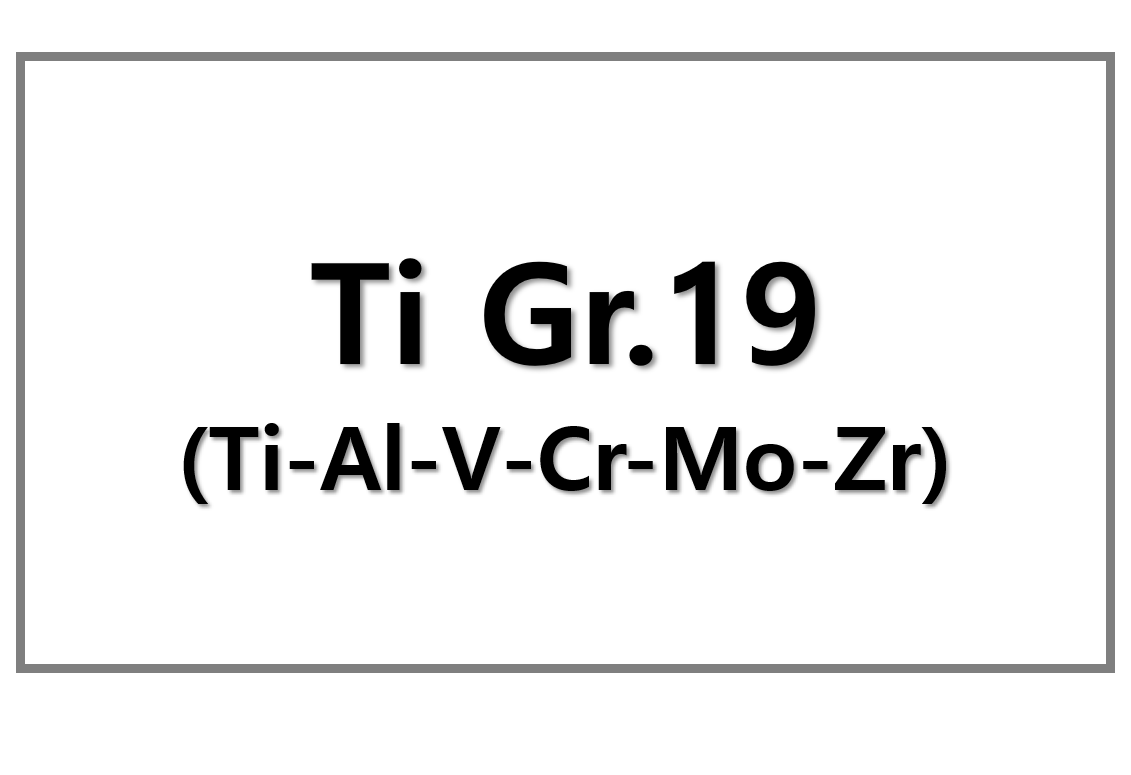
China Extends Coal Power Expansion to Support Grid Stability
China will continue building coal-fired power plants through 2027 to meet peak electricity demand and improve grid reliability.
This decision comes from official guidelines issued by China’s National Development and Reform Commission and the National Energy Administration, as part of China’s energy policy, as reported by Reuters.
According to the new policy, plants will be built only in regions where electricity supply must meet demand fluctuations. These coal-fired units will serve as backup for intermittent renewable sources like solar and wind.
Although China pledged to reduce coal use between 2026 and 2030, the new directive allows continued development as a short-term measure.
At the same time, the plan requires new coal-fired power plants to cut carbon emissions by 10–20% per unit compared to the 2024 average. Existing plants will also undergo upgrades to meet similar efficiency standards.
Balancing Energy Needs with Emissions Reduction Targets
China emphasizes that the new plants must support flexibility and fast-response generation. This means they must ramp up or reduce output quickly to match changing power demands.
This coal policy coincides with China’s wider decarbonization efforts. In a major step, China is expanding its national emissions trading system (ETS) to cover carbon-intensive industries.
Now, the ETS includes steel, cement, and aluminum, alongside the previously included power sector. As a result, over 1,500 additional companies must buy carbon credits to offset their emissions.
By including these sectors, the ETS will now cover over 8 billion metric tons of carbon dioxide emissions—more than 60% of China’s total.
This dual approach shows China is aiming to secure energy reliability while slowly increasing pressure on high-emission industries.
At SuperMetalPrice, we continue to monitor China’s power policy and carbon regulations due to their strong impact on global steel, aluminum, and energy markets.











Leave a Reply
You must be logged in to post a comment.